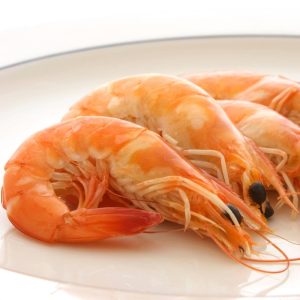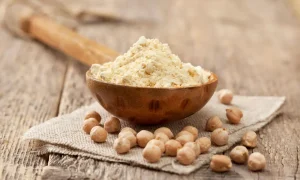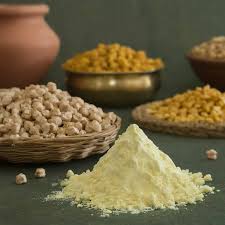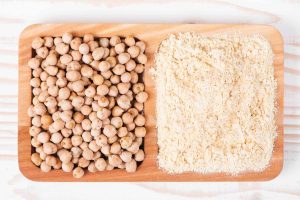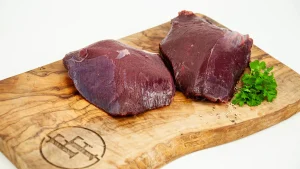
HEALTHY IMPACTS OF KANGAROO MEAT
Healthy impacts of kangaroo meat. A lean meat with less than 2% fat, kangaroo is a healthier red meat option. It is also high in protein, essential B vitamins, minerals like zinc, omega 3 fats, and omega 6 fatty acids. kangaroos are great source of essential minerals it is packed with iron, which helps keep our immune system strong, wards off fatigue and tiredness,
HEALTHY IMPACTS OF KANGAROO MEAT
Helps us produce energy, and plays an important role in transporting oxygen around the body. It doubles the amount of iron compared to beef and triples that of chicken and pork.
1. A Powerhouse of Nutrition
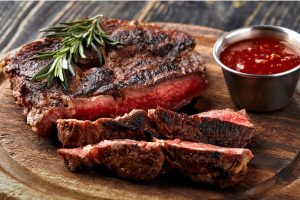
Particularly for those who are concerned about their health, kangaroo meat is a nutritional gold mine. Because of its extreme leanness less than 2% fat it is a healthier substitute for conventional red meats. Rich in high-quality protein, it promotes muscle growth and repair, which is crucial for people who lead busy lives. Kangaroo is also a great source of iron, zinc, and B vitamins, which are needed for good health and energy.
2. Eco-Friendly Option
Kangaroo meat stands out as an environmentally friendly choice in a time when sustainability is crucial. Since kangaroos are wild-harvested rather than cultivated, the environmental effect of producing their meat is much lower than that of conventional livestock farming. Compared to cattle, they emit less methane and don’t require any extra land or water.
3. Cooking Adaptability

Extremely adaptable, kangaroo meat can be utilized in many different recipes. There are many different methods to cook kangaroo, ranging from stir-fries and stews to roasts and grilled steaks. Its lean texture allows it to cook quickly, making it ideal for a fast-paced lifestyle. For any cuisine enthusiast, experimenting in the kitchen with kangaroo may be a delightful culinary adventure.
4. A healthy planet means a healthier you

You can contribute to a healthier earth and a healthier you by include kangaroo in your diet. It is a great option for people who want to keep their diet balanced because of its high nutritional content and low fat content, and its environmental advantages help create a more sustainable world.
5. The meat of kangaroos is very nutrient-dense
Because they graze on natural flora and are extremely active animals, kangaroos produce lean, high-quality meat that gives you plenty of energy. Kangaroo meat is among the healthiest meat options available because it has less than 2% fat and is one of the greatest protein sources in the supermarket’s meat area.
6. It is incredibly sustainable

Kangaroos are never farmed, so all of their meat is organic and free range (not that there’s anything wrong with that). They come from their natural habitat and are raised without the use of chemicals, antibiotics, growth hormones, or human interference.
Summary
There is no farming of kangaroos. They come from their natural habitat, which is vast pastoral regions of Australia, where they roam freely. This indicates that there are no chemicals, growth hormones, antibiotics, or human involvement in the meat that finishes up on your plate. They graze on natural foliage and are quite active, which results in lean, high-quality meat that provides you with a lot of energy.

 Travel4 weeks ago
Travel4 weeks ago
 Health2 weeks ago
Health2 weeks ago
 Health3 weeks ago
Health3 weeks ago
 Health3 weeks ago
Health3 weeks ago






